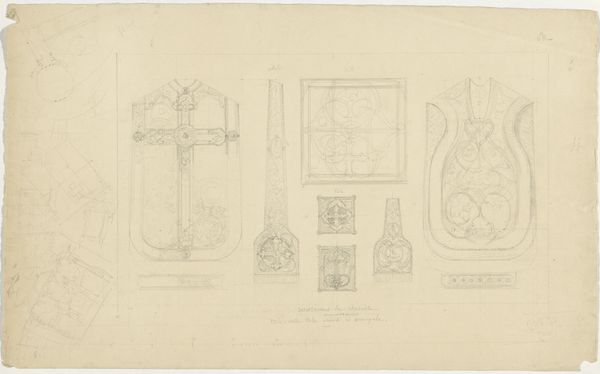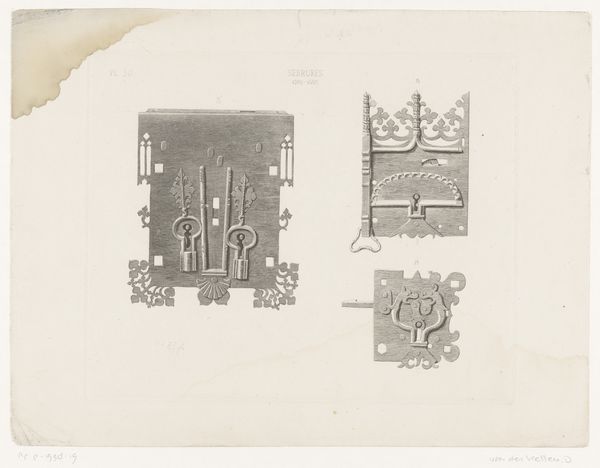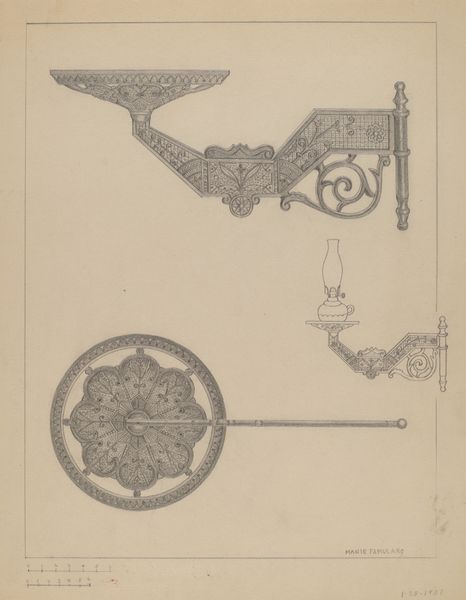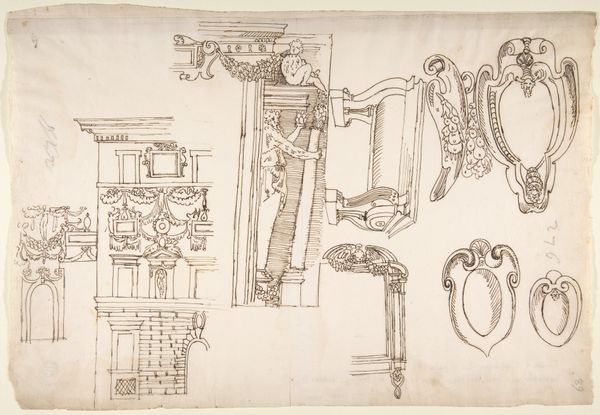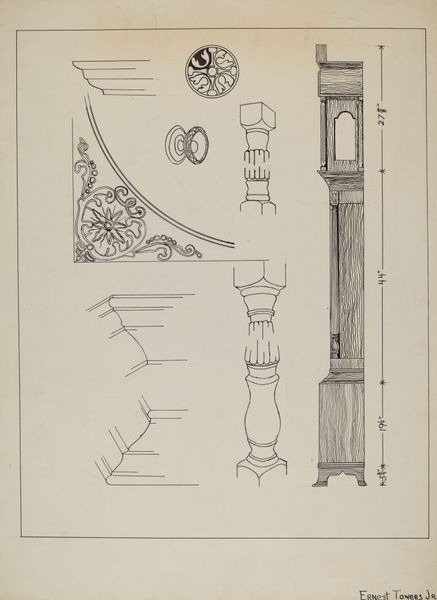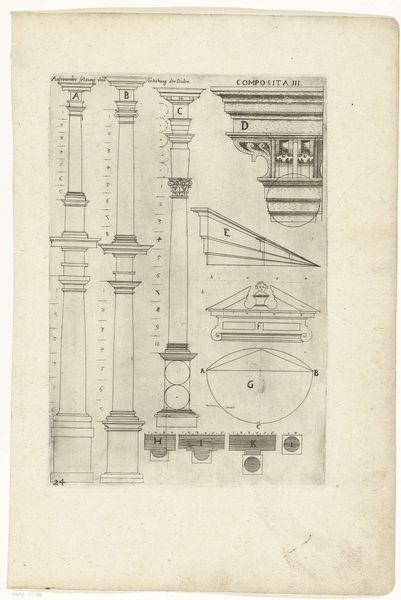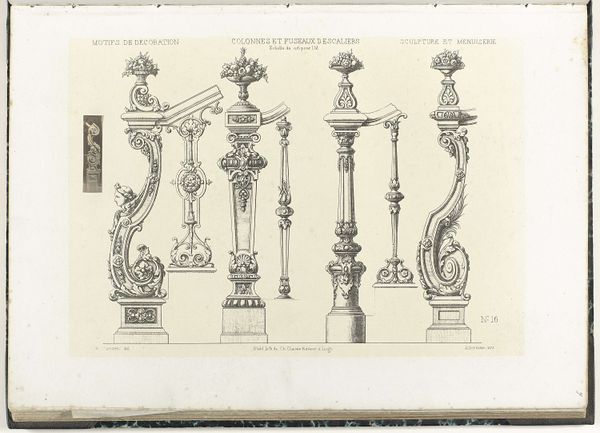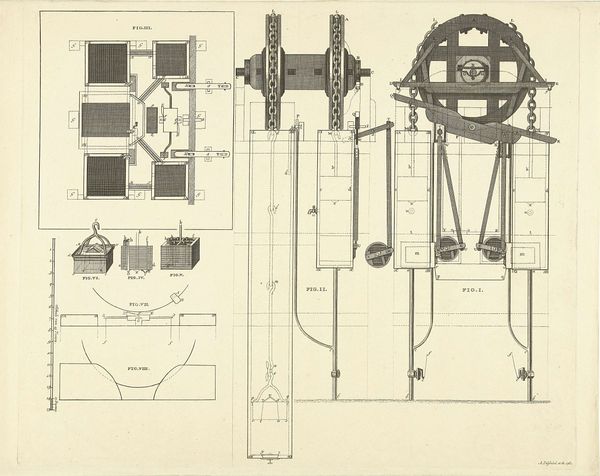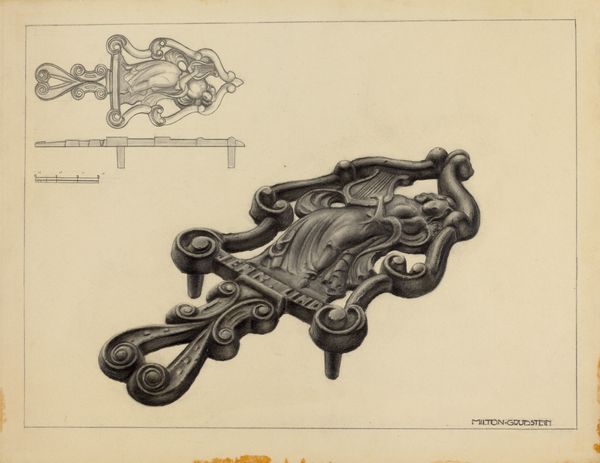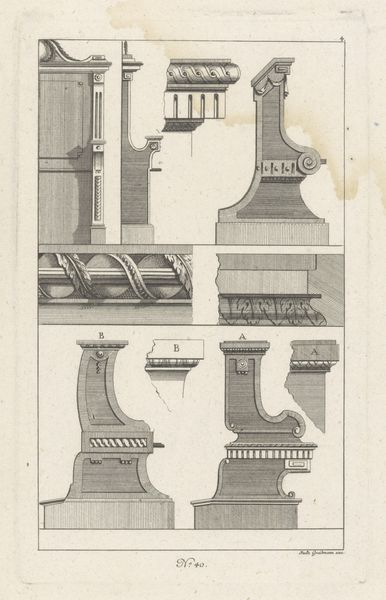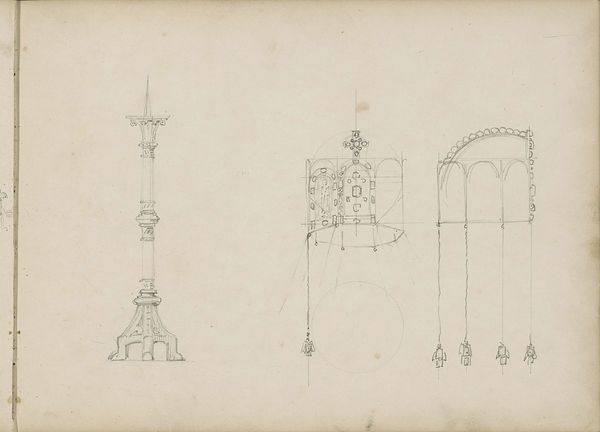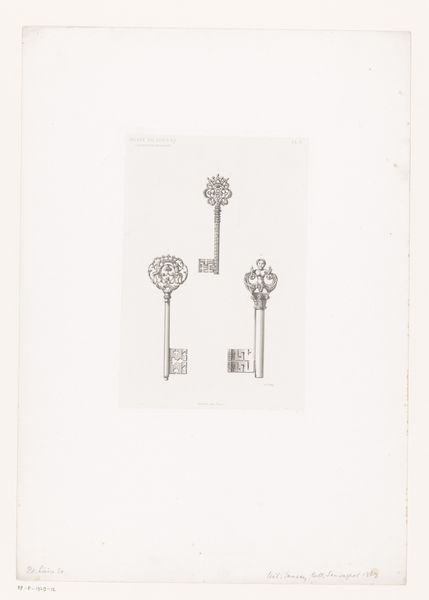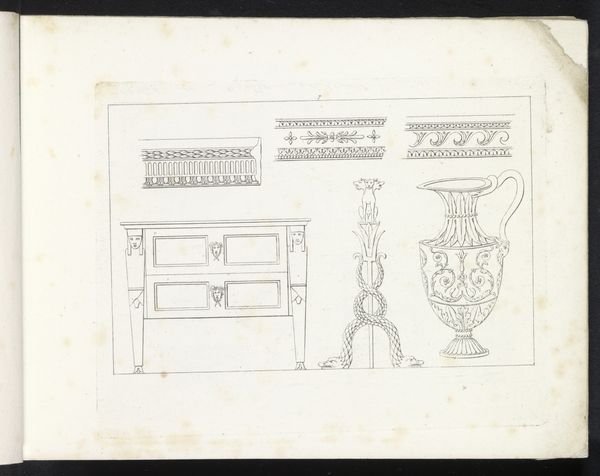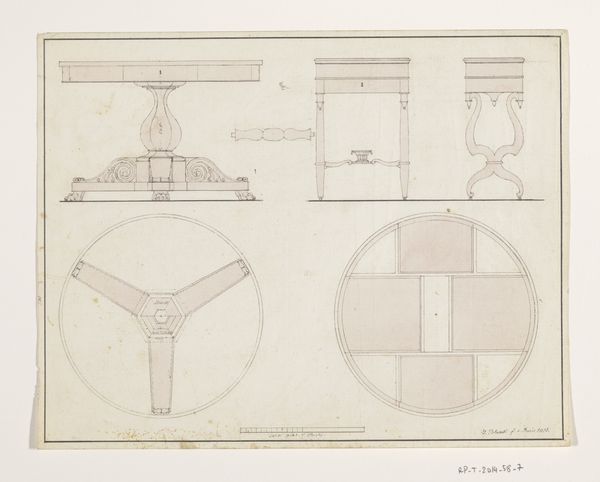
drawing, print, etching, paper, pencil, architecture
#
drawing
# print
#
etching
#
etching
#
paper
#
geometric
#
pencil
#
cityscape
#
architecture
#
building
Dimensions: height 347 mm, width 545 mm
Copyright: Rijks Museum: Open Domain
Curator: It's intricate, almost diagrammatic. So detailed and, dare I say, a bit… uptight? Editor: Well, sometimes, dear Activist, uptightness has its charm. The past had rules and, wow, could they follow them. Speaking of which, this etching, drawing and print, collectively known as "Hoekhuis Warmoesstraat en Oudeburgsteeg te Amsterdam," comes to us from Jacob Gosschalk, dating back to 1863. Curator: Thank you. And consider what 'rules' imply, Editor: structures of power manifested materially. The hyper-detailed rendering of this corner building and its various architectural features speaks volumes about 19th-century Dutch society—a period deeply invested in asserting itself through urban spaces and projecting that stability through the buildings themselves. Notice the almost obsessive detail in the cornices and brackets... Editor: Obsessive? Or, perhaps, passionate? Gosschalk clearly cares, deeply. The lines of this building sing. A city symphony played out in stone, or, in this case, etching. But the breakdown view, like exploded diagrams? Curator: Right, because they aren't just representing a building. They're dissecting power. Think of architectural drawings not simply as documents but as ideological statements about who has the right to design, build, and, essentially, control the spaces in which people live and work. The building’s components serve almost like trophies. Editor: Trophies or building blocks? I feel more hopeful looking at this, seeing how this street corner was brought into being. Looking closer... are those really lion heads carved into that corbel? Roaring out into Amsterdam! That is powerful, indeed. Not controlling power, necessarily. Curator: You can see that roaring power too, huh? But for whom is that power rendered? We've got to acknowledge whose stories are made visible, and whose remain hidden in the shadows of buildings such as these. Think about what these details meant in a city grappling with increasing inequality. Editor: Well, you've certainly given me a different perspective. Seeing those roaring lion heads not as friendly mascots but guardians of inequality... Food for thought, indeed. Jacob Gosschalk's artwork it looks pretty. Curator: Art invites that layered reflection, right? Now I see these intricate details not just as embellishments, but also see markers of privilege embedded within Amsterdam’s very architecture. It's unsettling and beautiful at the same time.
Comments
No comments
Be the first to comment and join the conversation on the ultimate creative platform.
